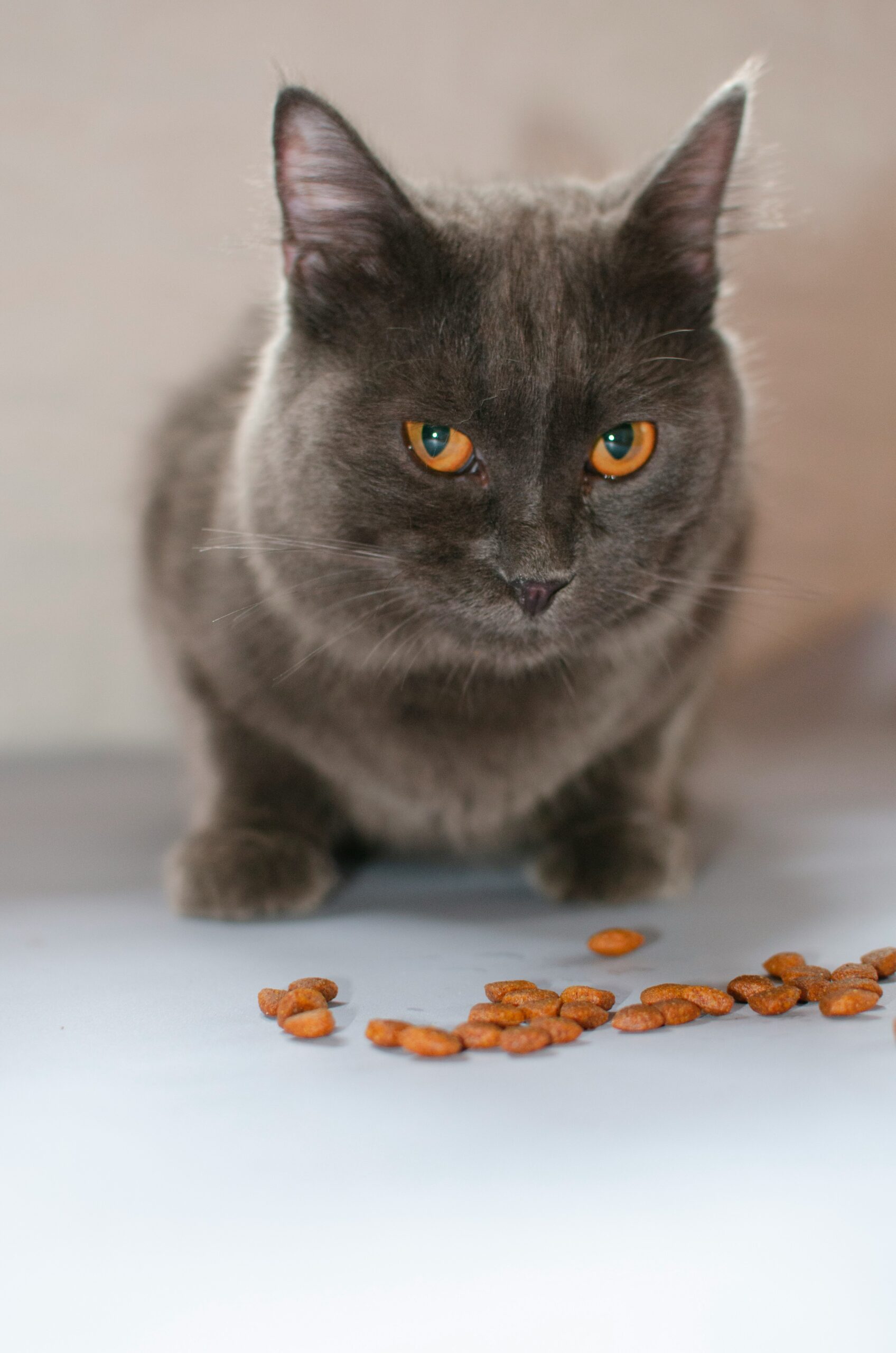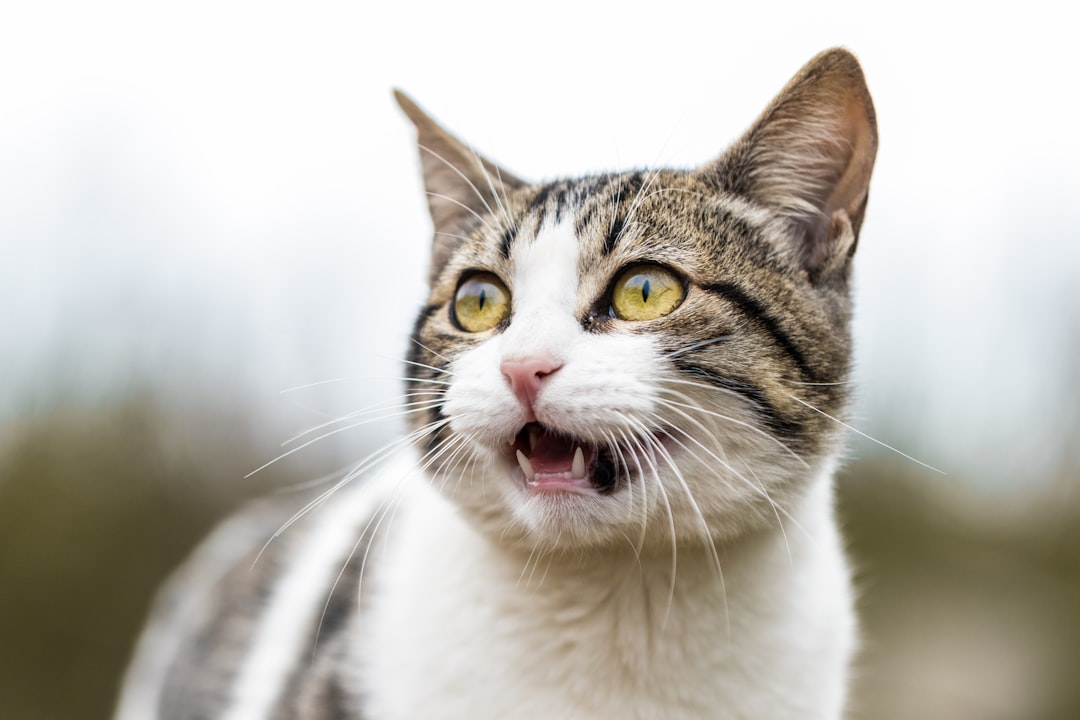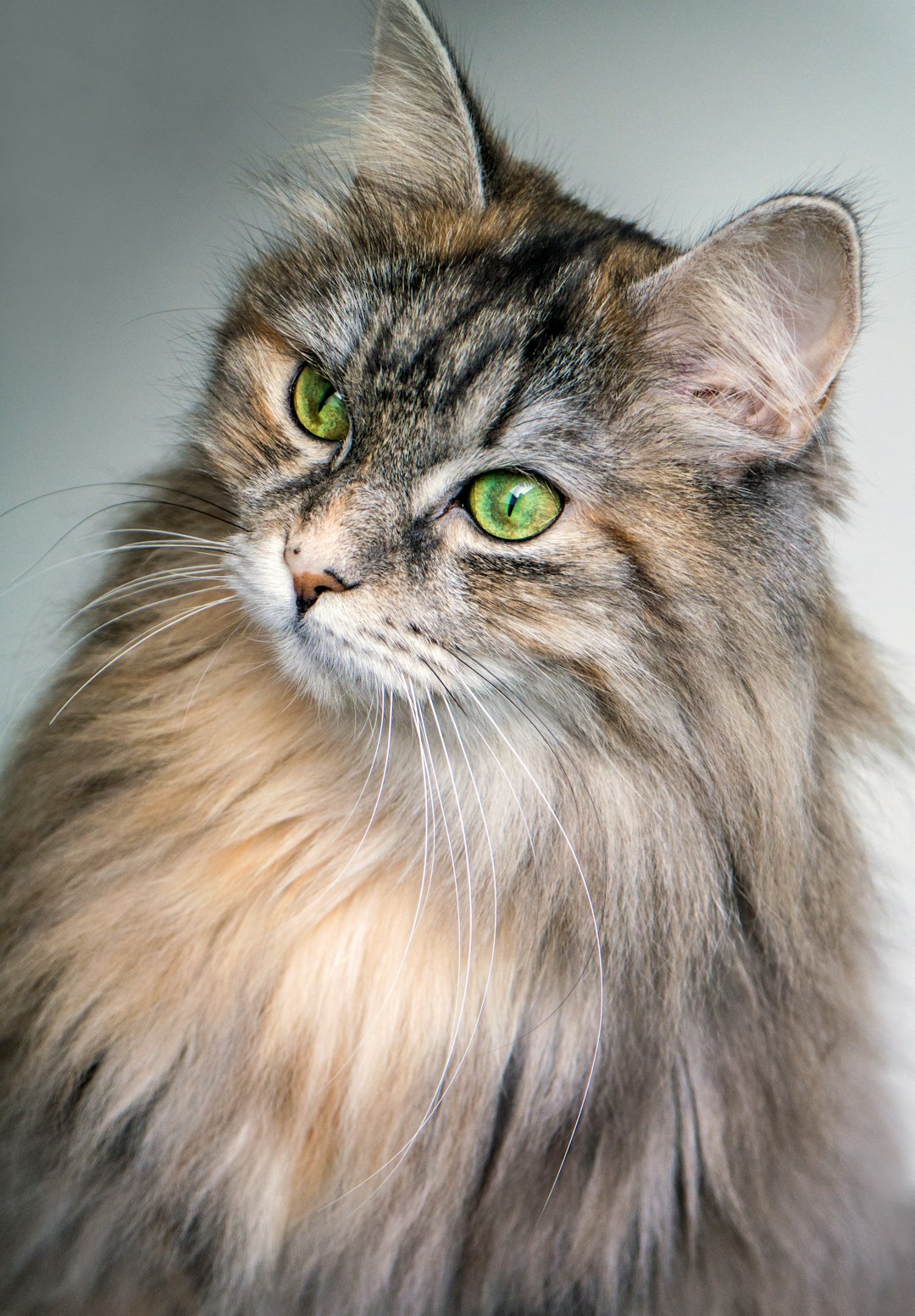As a dedicated cat owner, you want the best for your feline friend, and understanding their dietary needs is crucial. Homemade cat food offers a fantastic solution, allowing you to tailor meals to your cat’s unique preferences and nutritional requirements. Furthermore, with the right ingredients, you can create delicious and wholesome recipes that will keep your cat healthy and happy. In this ultimate guide, we will explore essential ingredients, safe food options, and common mistakes to avoid, ensuring that you can confidently prepare delightful homemade cat food that meets all your cat’s needs.
Understanding the Nutritional Needs of Cats
Cats have unique dietary requirements that differ significantly from those of other pets. Understanding these needs is essential for creating nutritious homemade cat food. Here are the key nutritional components to consider:
- Protein: Cats are obligate carnivores, meaning they rely heavily on protein derived from meat. Aim for a diet that includes 30-40% high-quality protein sources.
- Fats: Fats supply essential fatty acids that support healthy skin and coat. A fat content of around 20-25% is ideal, focusing on animal fats and omega-3 fatty acids.
- Carbohydrates: While cats can digest some carbohydrates, their primary energy source should always be protein. Limit carbs to around 5-10%, avoiding fillers and grains.
- Vitamins and Minerals: Essential vitamins (A, D, E, and B-complex) and minerals (calcium, phosphorus, and potassium) contribute to overall health. A well-rounded homemade cat food recipe should incorporate supplements if necessary.
- Water: Hydration is crucial. Always ensure your cat has access to fresh water, especially if preparing dry food.
Combining these components effectively will help fulfill your cat’s nutritional needs. Remember, transitioning to homemade cat food should be gradual to avoid digestive upset. With careful planning, you can offer your feline friend a balanced diet that keeps them healthy and happy.
Benefits of Homemade Cat Food
Creating homemade cat food offers numerous advantages, making it an appealing choice for pet owners. Here are several compelling benefits:
- Quality Control: When you prepare homemade cat food, you choose only high-quality ingredients. This ensures there are no fillers, artificial additives, or questionable meat sources that often appear in commercial brands.
- Customized Nutrition: Homemade cat food allows you to tailor the recipes to your cat’s specific health needs. For instance, if your cat has food allergies or intolerances, you can easily adjust the ingredients.
- Variety and Flavor: Felines can be picky eaters. Preparing homemade cat food lets you experiment with flavors and textures, keeping mealtime interesting and enticing for your furry friend.
- Potential Cost Savings: While it may seem more expensive initially, homemade cat food can save money over time, especially if you buy ingredients in bulk. Plus, it often reduces vet bills related to diet-related health issues.
- Bonding Experience: Preparing food for your cat can strengthen your bond. Not only do you show your love through nourishment, but the process can be enjoyable for both of you.
In summary, homemade cat food can enhance your cat’s well-being, offering better nutrition, flavor, and a personal touch that commercial options simply cannot match.
Essential Ingredients for Cat Food
Creating homemade cat food requires a balanced selection of ingredients to meet your feline friend’s nutritional needs. Here’s what you need to include:
1. Proteins:
Cats are obligate carnivores, meaning they thrive on animal-based proteins. Some great sources include:
- Chicken: Lean and easily digestible.
- Fish: Salmon or tuna for healthy omega-3 fatty acids.
- Beef: Provides essential amino acids.
2. Carbohydrates:
While cats need fewer carbs than dogs, incorporating some is beneficial. Use:
- Brown Rice: A good source of fiber.
- Oats: Rich in vitamins and minerals.
- Pumpkin: Keeps digestion on track.
3. Fats:
Healthy fats are crucial for energy and skin health. Consider:
- Fish Oil: Enhances coat health.
- Chicken Fat: Adds flavor and caloric density.
4. Vitamins and Minerals:
To ensure a complete diet, include:
- Taurine: An essential amino acid found in meat.
- Calcium: Optional crushed eggshells or bone meal.
5. Supplements:
Lastly, if needed, add specific supplements to enhance nutritional value:
- Probiotics: For digestive health.
- Multivitamins: To fill potential gaps in nutrition.
By enriching your homemade cat food with these essential ingredients, you ensure that your pet gets a wholesome, balanced diet tailored to their needs.
Safe Fruits and Vegetables for Cats
When preparing homemade cat food, it’s essential to know which fruits and vegetables are safe for your feline friend. While cats are obligate carnivores, they can enjoy certain plant-based ingredients in moderation. Here’s a list of safe options:
Safe Fruits
- Blueberries: Rich in antioxidants, blueberries can boost your cat’s immune system.
- Pumpkin: High in fiber, pumpkin aids digestion and can help regulate your cat’s weight.
- Watermelon: Hydrating and low in calories, watermelon is a refreshing treat without seeds.
Safe Vegetables
- Carrots: Cooked or raw, they provide vitamins and are a crunchy snack cats may enjoy.
- Spinach: This leafy green is packed with nutrients, but give it sparingly, as too much can affect cats with certain health issues.
- Green Beans: Low in calories, these can be a great crunchy addition to your homemade cat food.
Tips for Inclusion
- Introduce Gradually: Always introduce new ingredients slowly to monitor for any adverse reactions.
- Cook When Necessary: Some vegetables, like carrots, are best served cooked to aid digestion.
- Avoid Toxic Options: Never include onions, garlic, or grapes, as they are harmful to cats.
Incorporating safe fruits and vegetables into homemade cat food not only adds variety but also contributes to a balanced diet. Just remember to limit the portions, focusing on protein as the primary component!
Protein Sources for Homemade Cat Food
When preparing homemade cat food, selecting high-quality protein sources is crucial for your feline’s health. Cats are obligate carnivores, meaning they require protein to thrive. Below are some excellent protein options to include in your recipes:
Top Protein Sources:
- Chicken: Lean and easily digestible, it contains essential amino acids.
- Turkey: Another lean meat option, perfect for variety.
- Fish (such as salmon or tuna): Rich in omega-3 fatty acids, supporting skin and coat health.
- Beef: A good source of iron and zinc, though it’s higher in fat.
- Eggs: A complete protein; ensure they are thoroughly cooked to avoid the risk of salmonella.
Protein Comparison Table:
| Protein Source | Nutritional Benefits | Comments |
|---|---|---|
| Chicken | High in essential amino acids | Try boneless, skinless varieties |
| Turkey | Low in fat | Great for weight management |
| Fish | Omega-3 fatty acids | Use sparingly due to mercury |
| Beef | High in iron | Limit to avoid excess fat |
| Eggs | Complete protein | Cook thoroughly |
Tips for Incorporating Protein:
- Rotate protein sources weekly to prevent sensitivities.
- Introduce new proteins slowly to see how your cat reacts.
- Always consult with your vet for specific dietary needs.
With the right combinations, homemade cat food can provide balanced nutrition tailored to your kitty’s preferences!
Proper Portion Sizes for Cats
When it comes to homemade cat food, understanding proper portion sizes is crucial for maintaining your cat’s health and well-being. Overfeeding or underfeeding can lead to serious health issues, including obesity and malnutrition. Here are some key points to consider:
General Guidelines for Portion Sizes:
- Age Matters: Kittens, adults, and senior cats have different nutritional needs and portion sizes.
- Weight Consideration: Use your cat’s ideal body weight to calculate portions.
- Activity Level: More active cats may require larger portions than sedentary ones.
Recommended Daily Portions:
| Cat Weight (lbs) | Daily Calories (approx.) | Portion Size (cups of homemade food) |
|---|---|---|
| 5-10 | 180-250 | 1/2 – 1 |
| 10-15 | 250-300 | 1 – 1 1/2 |
| 15-20 | 300-400 | 1 1/2 – 2 |
Tips for Measuring Portions:
- Use a Scale: Weigh the food for accuracy.
- Divide Daily Intake: Split the total daily portion into 2-3 meals to prevent overeating.
- Monitor & Adjust: Keep track of your cat’s weight and adjust portions as necessary.
By carefully considering portion sizes for homemade cat food, you can greatly enhance your cat’s health and lifelong happiness. Always remember to provide fresh water alongside every meal for optimal hydration.
Cooking Methods for Homemade Cat Food
When preparing homemade cat food, selecting the right cooking method is crucial to maintain the nutritional value and ensure safety for your feline friend. Here are some popular methods to consider:
1. Boiling
- Pros: Simple and quick; retains most nutrients.
- Cons: Can lose some flavor; may not be appealing to picky cats.
2. Baking
- Pros: Enhances flavor; suitable for recipes that require fish or meat blends.
- Cons: Requires more time; may dry out if overcooked.
3. Steaming
- Pros: Preserves nutrients, especially in vegetables; keeps food moist.
- Cons: Requires a special steamer; preparation can be limited.
4. Blending
- Pros: Ideal for creating smooth textures; easy to incorporate into homemade cat food.
- Cons: If over-blended, may lose chunky variety cats prefer.
5. Raw Preparation
- Pros: Provides enzymes and vitamins that cooking can destroy; mimics a natural diet.
- Cons: Risk of bacterial contamination; must manage safely.
Tips for Cooking:
- Always cook meat thoroughly to eliminate harmful bacteria.
- Avoid using seasonings, onions, or garlic, as these can be toxic.
- Consult with a vet to ensure your cooking method supports your cat’s specific needs.
Choosing the appropriate cooking method for your homemade cat food can enhance your cat’s overall health and satisfaction.
Storage and Shelf Life of Homemade Cat Food
Proper storage of homemade cat food plays a crucial role in ensuring your feline friends receive fresh and safe meals. Here’s how to maintain both the quality and safety of your homemade cat food:
Recommended Storage Methods
- Refrigeration: Store homemade cat food in an airtight container in the refrigerator. This method preserves freshness for up to 3-5 days.
- Freezing: For longer storage, freeze portions of homemade cat food. Use freezer-safe containers or bags, ensuring to label them with the date. Frozen cat food can last for 2-3 months.
Storage Tips
- Thawing: Always thaw frozen homemade cat food in the refrigerator overnight. Avoid using a microwave, as it can create hot spots that may harm your cat.
- Check for Spoilage: Before serving, inspect the food for any off odor or unusual texture. If in doubt, throw it out!
Shelf Life Summary Table
| Storage Method | Duration | Tips |
|---|---|---|
| Refrigeration | 3-5 days | Store in airtight containers |
| Freezing | 2-3 months | Label containers with dates |
By following these storage tips, you can ensure that your homemade cat food remains both delicious and nutritious. Remember, fresh food contributes significantly to your cat’s overall health and happiness!
Common Mistakes to Avoid
Creating homemade cat food can be rewarding, but it comes with its challenges. To ensure your feline friend receives a balanced diet, be mindful of these common mistakes:
- Skipping Nutritional Balance: Just like humans, cats require a balanced diet. Relying on a single ingredient or an unvaried diet can lead to nutritional deficiencies. Always include a variety of protein sources, fats, and essential vitamins.
- Ignoring Cats’ Dietary Needs: Cats are obligate carnivores, meaning they need meat to thrive. Ensure you include appropriate protein sources in your homemade cat food, avoiding too much plant-based matter, which can dilute their essential nutrient intake.
- Using Toxic Ingredients: Certain fruits and vegetables, such as onions, garlic, and grapes, are toxic to cats. Always research and select safe ingredients before cooking.
- Improper Portion Sizes: Overfeeding can lead to obesity, while underfeeding can result in malnutrition. Calculate the appropriate serving size based on your cat’s age, weight, and activity level.
- Neglecting Food Safety: Just like human food, homemade cat food requires proper handling to avoid contamination. Always wash your hands, sanitize surfaces, and store food correctly to maintain freshness.
By avoiding these pitfalls, you can create nutritious and delicious homemade cat food that keeps your feline healthy and happy. Remember, a well-balanced diet is key to your cat’s well-being!
Recipe Ideas for Different Cat Preferences
Creating homemade cat food allows you to cater to your feline friend’s taste and dietary requirements. Here are some delightful recipe ideas that consider different preferences:
1. Chicken Delight
- Ingredients: Cooked chicken, carrots, peas, and chicken broth
- Instructions: Shred the chicken and mix with finely chopped vegetables. Add a splash of chicken broth for moisture.
2. Fish Feast
- Ingredients: Cooked salmon (boneless), sweet potatoes, and spinach
- Instructions: Flake the salmon and combine with mashed sweet potatoes and chopped spinach for a nutritious meal.
3. Beef and Rice Mix
- Ingredients: Ground beef, brown rice, and peas
- Instructions: Brown the beef, then mix with cooked brown rice and peas for a filling recipe.
4. Vegetarian Option
- Ingredients: Lentils, pumpkin puree, and broccoli
- Instructions: Cook lentils, blend with pumpkin puree, and finely chopped broccoli for a veggie-packed dish.
Additional Tips:
- Customization: Feel free to adjust ingredients based on what your cat prefers.
- Texture: Some cats enjoy chunky food, while others prefer smooth purees. Blend accordingly.
By experimenting with these homemade cat food recipes, you can create meals that not only meet dietary needs but also cater to individual tastes!



